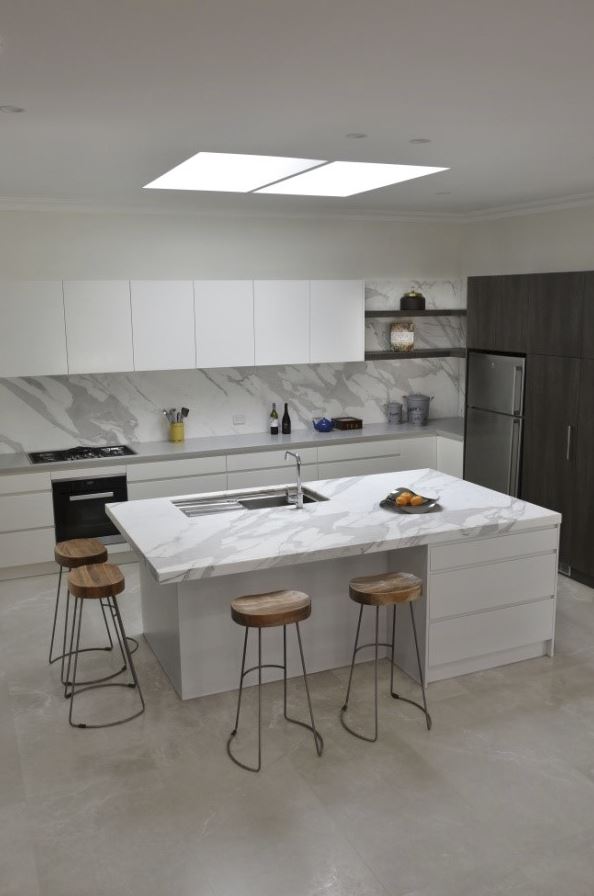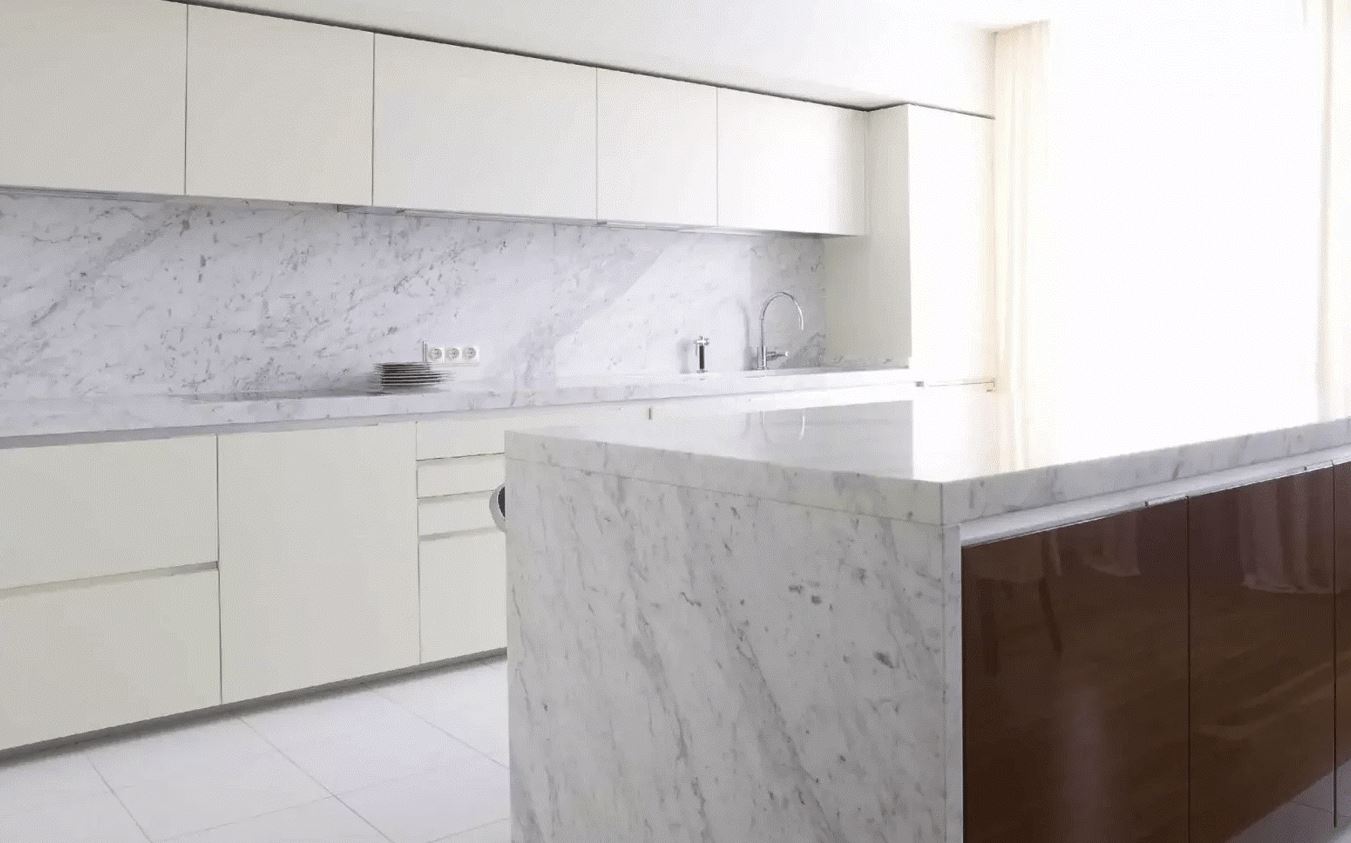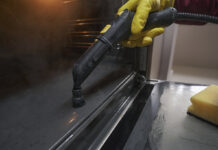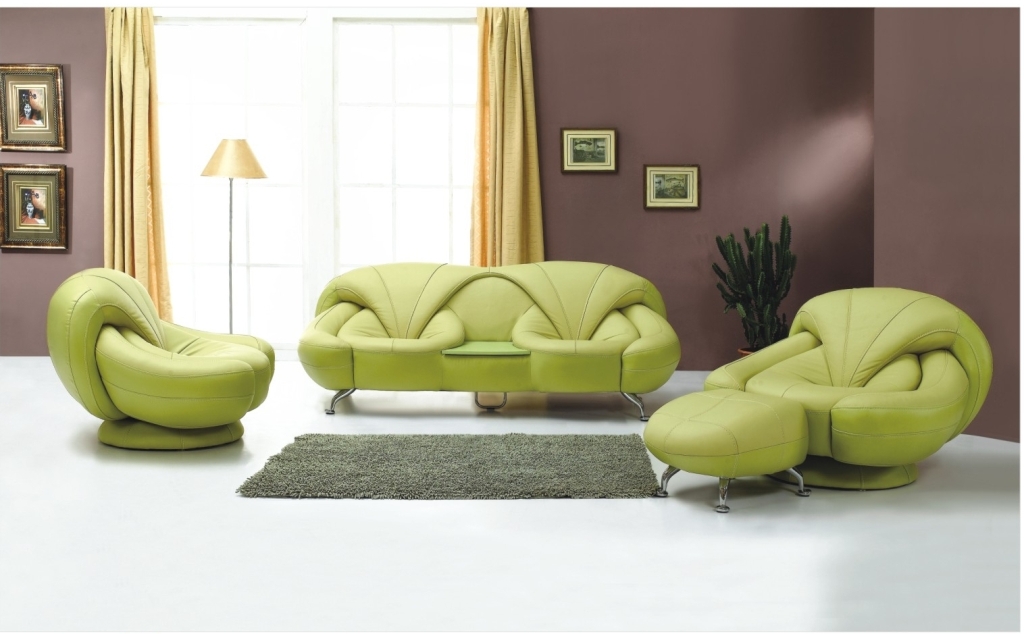A Marble Benchtop will always be a masterpiece. This quarried stone exudes elegance and style. Every slab of the stone, be it Calacatta Marble or Carrara Marble, is unique. Because marble originates from nature, each piece is distinct in its pattern and hues. Certain marbles are also unquestionably beautiful natural materials in the world. These variations are even more distinctive and gorgeous. The magnificent Calacatta Marble and Carrara Marble, lovely, high-end natural stones, are one of these kinds that are highly popular globally.
Why are Calacatta and Carrara marble popular?
White marble appears more opulent. Calacatta Marble, which is also widely accessible in the United States, has a brilliant white field and a lot of colour diversity. The veins are striking, ranging from gold to brown to beige to dark grey in hue.
Carrara is the most favoured Italian marble, named for the location where it is mined. Carrara Marble has a grey backdrop with light grey veining. The patterning on this stone is generally delicate and feathery and is generally blue-gray.
Both stones are distinct and unique, making choosing harder. Carrara Marble is a good option, especially for a kitchen benchtop application. Food stains, scorch marks, and discoloration will be less noticeable if you choose a darker-colored stone or one that is highly veined with varied hues.

History and Types of Marble
Carrara and Calacatta Marble are noted around the globe for their inherent qualities, which have enabled the production of magnificent works of art, historical monuments, and significant structures. Marble was first utilised by Renaissance painters such as Michelangelo and Donatello. Michelangelo is one of the artists who was most attracted by the beauty of the White Carrara Marble. He used to go to the Apuan Alps to pick the best materials to sculpt with. Many sculptures, including Michelangelo’s David and Pietà, as well as many other works of art by the equally famous Bernini, Canova, and Donatello, were made possible by the existence of Carrara marble.
“Carrara Marble” refers to the many varieties of marble mined in the Carrara mountain area’s quarries. Numerous types of marble are mined in the Carrara Marble quarries in the Apuan Alps, each of which is differentiated by certain colour hues and veins that make these stones one-of-a-kind. Bianco Carrara Marble, Statuario Marble, Bardiglio Marble, Marble are some of the several kinds of Carrera Marble.
Calacatta marble is a white Carrara marble variant with numerous inherent natural colours that give it a polished appearance. The fine texture, warm white backdrop, and dark grey veins are the most distinguishing features of Calacatta Marble. Other colours of this Italian Carrara marble exist, such as those that lean toward a light green like Calacatta Caldia or a bold purple like Calacatta Viola.
The most well-known Carrara Marble is White Carrara Marble, which is distinguished by three distinct variants. Each slab has a pearly white backdrop with incursions and grayer points in specific areas that may be more or less visible.
Calacatta and Carrara marble are commonly confused due to their colours being quite similar. Both have a base hue of white with grey veining. These two varieties of Italian marble are prized for their delicate, beautiful colours and patterns.
What Is the Distinction Between Calacatta and Carrara Marble?
Calacatta Marble has a more defined, sharper look than Carrara Marble. This is partially because Calacatta Marble’s base hue is more off-white than Carrara Marble. When comparing the two, Carrara Marble may appear to have a very soft grey tone to its base color, but Calacatta Marble may seem to have a brighter white coloring. It features broad, well-defined veins that range from brown to gold in hue.
Carrara Marble is known for having a “softer” appearance than Calacatta Marble. Its veining is fainter, and the colour is a light grey with a blue undertone. Many homeowners appreciate how some of the veins have “feather” grains. This softens the appearance of the veining in this marble. The veins on this stone produce a gorgeous design on your benchtop when placed by a professional—a gentle and subtle look while staying distinctive and attractive. The elegance and beauty of Italian marble do indeed show in any application.

Where Can Calacatta and Carrara Marble Be Used?
Both stones have a unique appearance, characterised by soft or powerful veining. This creates a striking impression. This natural stone is in high demand among interior designers and architects for luxury interior projects because of its clean, delicate hue, which is often white, grey, or blue. When combined with the white backdrop, these stones produce a neutral tone that may be matched with different materials. Light or dark woods are ideal for highlighting or downplaying particular architectural aspects within your project area.
Carrara and Calacatta Marble are durable, making them appropriate for use in outdoor spaces. They also exude this shine and gloss due to an inherent brightness that can make any structure sparkle. Marble is also malleable, making it ideal for creating interior coverings, and home features such as furnishing accessories such as Carrara Marble Floor Tiles, for example, are becoming more popular. This excellent stone is constantly more present, especially in the kitchen, and Calacatta Marble Benchtops and Carrara Marble Backsplashes are undoubtedly among the most popular choices of homeowners.
These stones are a classic, elegant design that can be responsibly graceful in traditional and sleek contemporary settings. Homeowners prefer marble because of its natural beauty, even if it can exhibit wear and tear over time. Many homeowners also love the patina that a Marble Benchtop may develop over time. If that’s something you can live with, Marble could be the best option for you. You can’t go wrong with either of these slabs if you’re searching for white or grey marble slabs.`

















